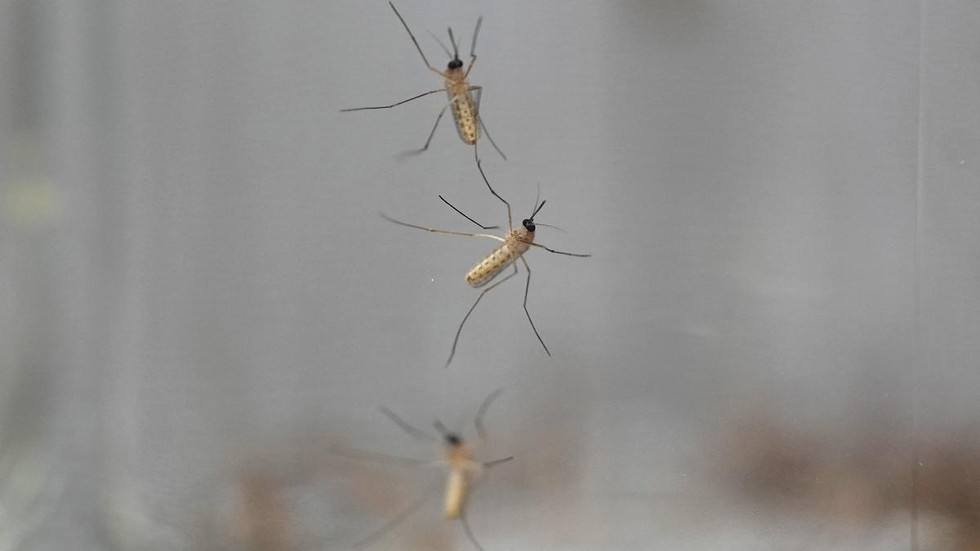About Anopheles stephensi:
- It is a malaria vector native to South Asia.
- It transmits both Plasmodium falciparum and P. vivax. It rapidly adapts to changes in the environment and is found in both rural and urban areas.
- This is different from African malaria vectors, which are typically found in rural areas.
- This species can thrive in urban areas and likes being near humans.
- They lay their eggs in any available water source – such as water containers, abandoned tyres and flowerpots – and their eggs can survive being dry for a long period of time.
- In addition, An. stephensi feeds on its vertebrate host both indoors and outdoors. This reduces the impact of commonly used vector control methods such as insecticide-treated nets and indoor residual spraying.
- Concerns:
- Anopheles stephensi as well as of Aedes mosquitoes, which carry many dreaded diseases including dengue, yellow fever, chikungunya and Zika.
- The invasion of this urban mosquito into Africa threatens the malaria elimination aspirations of the continent, particularly as 42.5% of Africa’s population now live in urban area.
